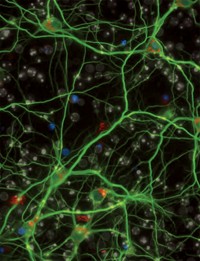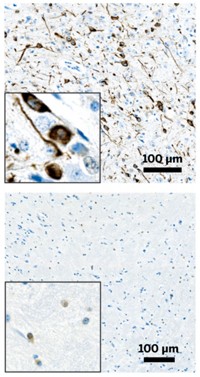Advertisement
Grab your lab coat. Let's get started
Welcome!
Welcome!
Create an account below to get 6 C&EN articles per month, receive newsletters and more - all free.
It seems this is your first time logging in online. Please enter the following information to continue.
As an ACS member you automatically get access to this site. All we need is few more details to create your reading experience.
Not you? Sign in with a different account.
Not you? Sign in with a different account.
ERROR 1
ERROR 1
ERROR 2
ERROR 2
ERROR 2
ERROR 2
ERROR 2
Password and Confirm password must match.
If you have an ACS member number, please enter it here so we can link this account to your membership. (optional)
ERROR 2
ACS values your privacy. By submitting your information, you are gaining access to C&EN and subscribing to our weekly newsletter. We use the information you provide to make your reading experience better, and we will never sell your data to third party members.
Environment
Diacetyl Exacerbates Amyloid Toxicity
The infamous butter-flavor compound, linked to lung disease in exposed workers, may also impact Alzheimer’s disease
by Stephen K. Ritter
July 23, 2012
| A version of this story appeared in
Volume 90, Issue 30
Diacetyl, the molecule implicated in the disease known as popcorn lung, has now been implicated in amyloid-β peptide toxicity associated with Alzheimer’s disease (Chem. Res. Toxicol., DOI: 10.1021/tx3001016). Diacetyl, or 2,3-butanedione, is infamous as a butter-flavor compound tied to the rare lung disease responsible for the deaths of some workers at microwave popcorn plants. Microwave popcorn makers stopped using diacetyl flavoring in 2006. Swati S. More, Ashish P. Vartak, and Robert Vince of the University of Minnesota’s Center for Drug Design have now found in cell-culture studies that diacetyl accelerates amyloid-β aggregation—a hallmark of Alzheimer’s disease. Diacetyl was also found to inhibit glyoxalase I, an enzyme that helps detoxify reactive dicarbonyl species similar to diacetyl that are produced in neurons and promote amyloid aggregation. In addition, diacetyl tested positive in an in vitro assay to determine if compounds can cross the blood-brain barrier. In light of the chronic exposure of some food industry workers to diacetyl, these preliminary findings raise the possibility of long-term neurological toxicity, Vince and coworkers state. The findings come on the heels of research on amyloid-β suggesting that it might behave like prion protein associated with mad cow disease and be infectious (C&EN, July 2, page 24).





Join the conversation
Contact the reporter
Submit a Letter to the Editor for publication
Engage with us on Twitter